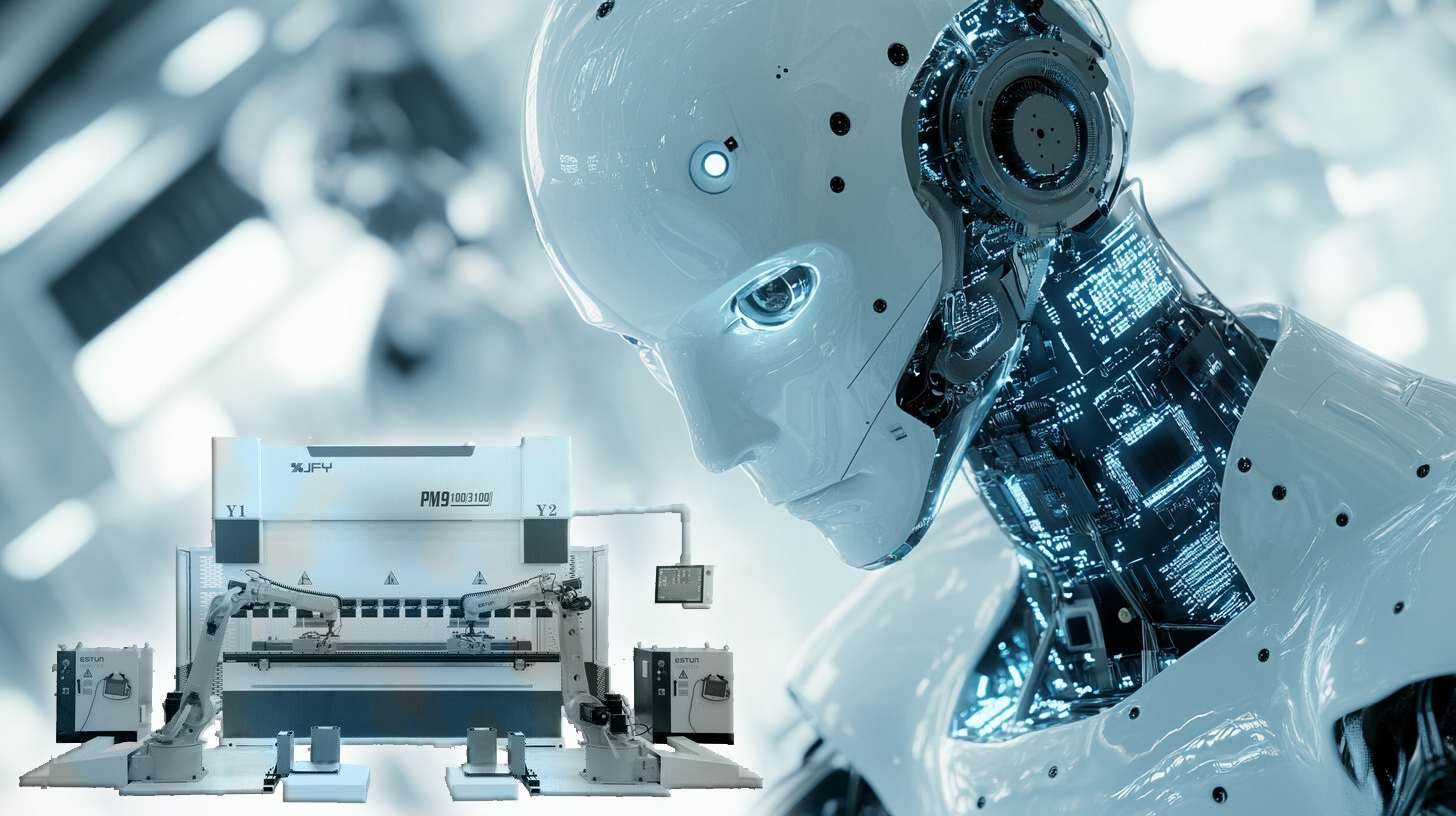
Robotics in industry in Europe with Estun from China – Strategies for the European market – Creative image: Xpert.Digital | Template: Estun
Estun is conquering Europe: China's second largest robot manufacturer is expanding
Robot pioneer Estun: China's answer to Europe's technology market
The Chinese company Estun, founded in 1993, has established itself as the second largest robot manufacturer in China and is now planning an ambitious expansion into the European market. With a clear strategy and an experienced management team, Estun aims to build a significant market position in Europe over the next few years.
Estun strategy for the European market
1. Establish a local presence
Estun is committed to establishing a European manufacturing and warehousing center in Poland. This is intended to shorten delivery times and reduce logistics costs, which is particularly important to be successful in the highly competitive European market. In addition, land routes are used to transport the robots in order to further optimize costs.
2. Partnerships with system integrators
Integrators play a key role in the robotics industry as they develop customized solutions for customers and integrate robots into existing systems. Estun is actively working to build a network of such partners in Europe to accelerate market penetration and better meet customer needs.
3. Price-performance focus
Estun is pursuing an aggressive pricing strategy by relying on highly automated manufacturing in China. The products are intended to offer an attractive price-performance ratio that appeals to European customers. This strategy aims to offer good quality robots at competitive prices.
4. Guidance from industry experts
To manage its European activities, Estun has recruited experienced managers such as Gerald Mies (formerly Kuka) and Konrad Grohs (formerly Fanuc). This team brings in-depth knowledge of the European robotics market and is intended to strategically drive expansion.
Challenges in the European market
Competitive pressure
European robot manufacturers such as ABB and Kuka as well as Japanese providers such as Fanuc dominate the market with established networks and high-quality products. Estun has to compete against this strong competition, especially through the combination of quality and lower prices.
Geopolitical tensions
Trade relations between the EU and China are tense, particularly because of allegations of subsidies against Chinese companies. This could lead to regulatory hurdles or even punitive tariffs that could affect Estun's competitiveness.
Technological demands
While Estun already offers a wide portfolio of robots - from collaborative robots to heavy-duty robots with 700 kg load capacity - the company needs to ensure that its products meet the high technological standards of the European market in the long term.
Opportunities for Estun
- Growing robotics market: Demand for industrial robots is continually increasing in Europe, particularly in industries such as automotive, electronics manufacturing and renewable energy.
- Cost advantages: Through cost-effective production in China, Estun can offer attractive prices and thus gain market share.
- Experience through acquisitions: The acquisition of the German company Carl Cloos Schweisstechnik has significantly improved Estun's access to European technology and customers.
Strategically well prepared
Estun's expansion into Europe is strategically well prepared and based on a combination of local infrastructure, partnerships, competitive pricing and an experienced leadership team. However, it remains to be seen how the company will overcome geopolitical challenges and strong competition. However, with a planned market share of five to ten percent within the next five years, Estun could become a serious player in the European robotics market.
Suitable for:
